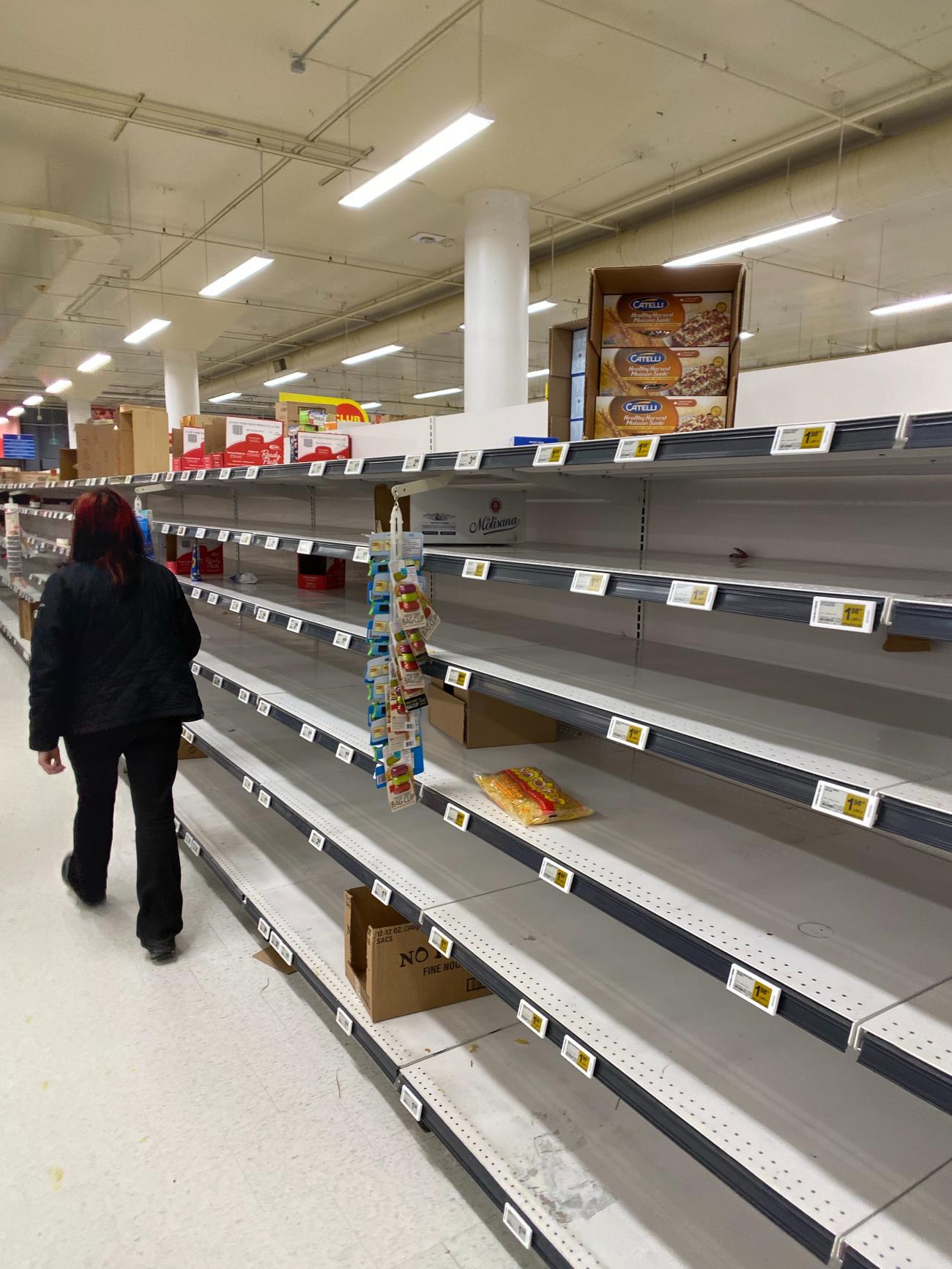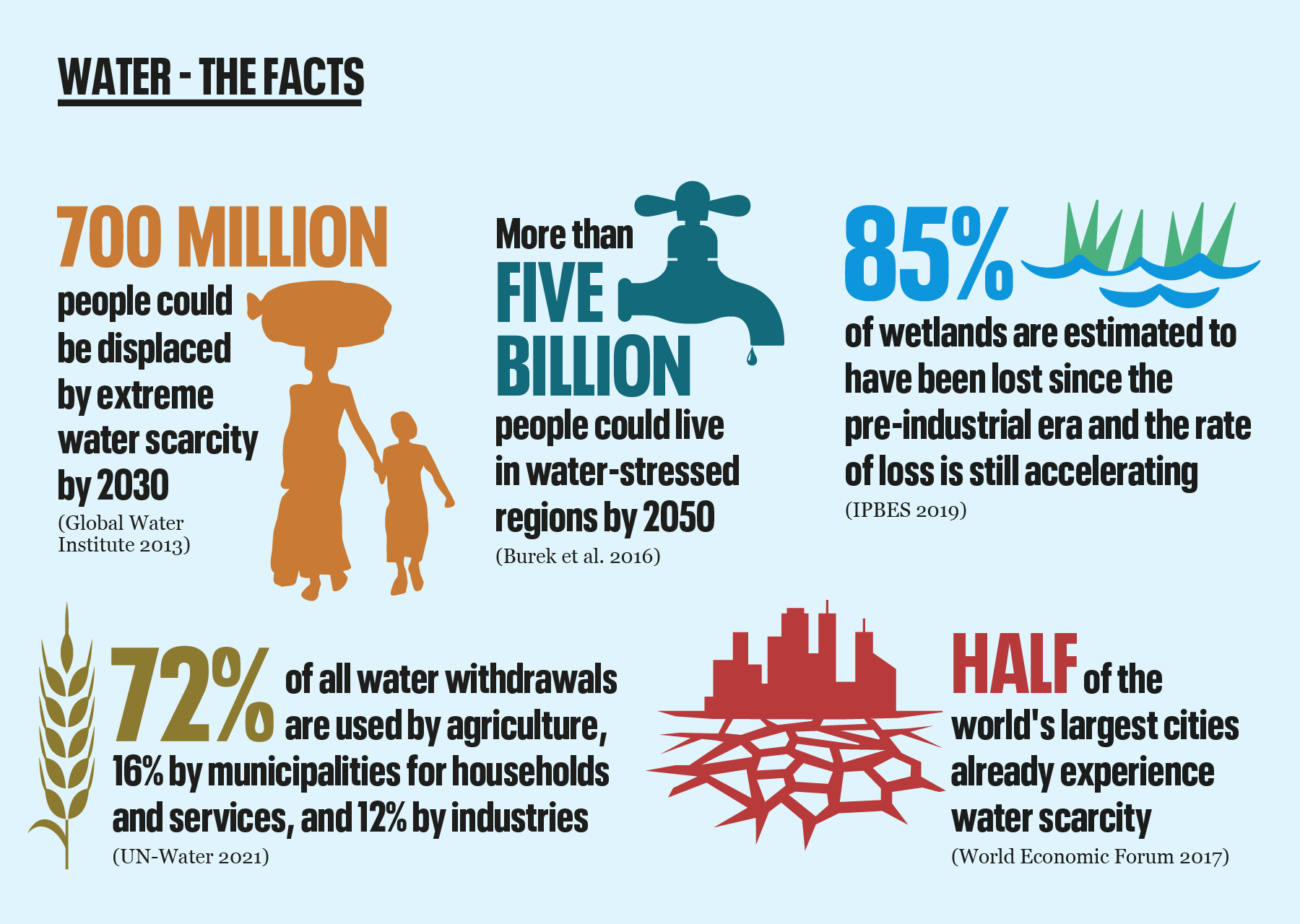The year 2024 is shaping up to present an unprecedented challenge: a global blood shortage that threatens countless lives. Blood is an irreplaceable resource vital for trauma care, surgeries, cancer treatments, and managing chronic illnesses. Unfortunately, as populations grow and medical advancements expand treatment capabilities, the demand for blood is far outpacing supply. This issue isn't constrained to one region or demographic—it’s a worldwide crisis that calls for immediate and collaborative action.
While blood shortages are not new, several unique factors have amplified the crisis in 2024. These include lingering effects of the COVID-19 pandemic on donation habits, aging populations requiring more medical care, and natural disasters disrupting donation drives. To combat this alarming trend, healthcare professionals, governments, and communities must come together to implement sustainable solutions. This article delves into the causes, impacts, and strategies for overcoming the blood shortage of 2024.
On a more optimistic note, the growing awareness of this crisis has sparked a wave of innovation and community engagement. People are stepping up to organize blood drives, technological advancements are improving blood storage and matching processes, and educational campaigns are bridging the gap between myth and fact about blood donation. With collective action, the tide can turn, and we can ensure that no life is lost due to a lack of this precious resource.
Read also:Gaetz Sex Graft Allegations And Their Broader Implications
Table of Contents
- Causes of Blood Shortage 2024
- The Impact of Blood Shortages on Healthcare Systems
- How the COVID-19 Pandemic Contributed to this Crisis
- Aging Populations and Their Effect on Blood Demand
- Natural Disasters and Their Role in Blood Shortages
- Innovative Technologies to Tackle Blood Shortages
- Community-Driven Solutions
- Debunking Myths About Blood Donation
- Educational Campaigns and Awareness Programs
- The Role of Government and Policies in Blood Management
- Global Collaboration in Addressing Blood Shortages
- Businesses and Corporate Responsibility
- Future Outlook for Blood Donation and Supply
- Frequently Asked Questions
- Conclusion
Causes of Blood Shortage 2024
The blood shortage of 2024 stems from a confluence of factors that have been building over the past decade. The COVID-19 pandemic disrupted traditional donation patterns, and many blood banks are still struggling to recover. Additionally, an aging population has increased demand for blood-related treatments while decreasing the pool of eligible donors. Natural disasters—ranging from hurricanes to wildfires—have also played a key role, as they frequently interrupt blood drives and logistical networks.
Moreover, misinformation about blood donation continues to deter potential donors. Fear of needles, misconceptions about eligibility requirements, and cultural taboos further exacerbate the problem. Addressing each of these causes is critical to reversing the trend and ensuring a stable blood supply for the future.
The Impact of Blood Shortages on Healthcare Systems
Blood shortages strain healthcare systems in profound ways. Hospitals often have to postpone elective surgeries, delay treatments, and prioritize patients based on the limited availability of blood. This creates ethical dilemmas and increases patient stress. Additionally, trauma centers and emergency departments struggle to manage critical cases without adequate blood supplies, leading to preventable fatalities.
Beyond the immediate medical concerns, blood shortages also disrupt medical research and training programs. For example, studies on new blood-related treatments may be delayed due to a lack of resources. Addressing this issue requires a multi-faceted approach that includes increasing donor recruitment, improving storage technologies, and streamlining the logistics of blood distribution.
How the COVID-19 Pandemic Contributed to this Crisis
The COVID-19 pandemic had a lasting impact on blood donation patterns worldwide. During the height of the pandemic, many people avoided donation centers out of fear of infection. Blood drives were canceled due to lockdowns, and healthcare resources were redirected to manage the pandemic, leaving blood banks sidelined. Although the immediate crisis has subsided, its ripple effects are still being felt in 2024.
Furthermore, many healthcare workers who previously managed donation drives are now overburdened with other responsibilities. The pandemic also highlighted the need for more resilient systems that can adapt to unforeseen challenges. Strategies such as mobile blood donation units and virtual donor registration systems are being explored to mitigate these issues.
Read also:Terrence Woods Jr The Untold Story And Life Of A Promising Young Filmmaker
Aging Populations and Their Effect on Blood Demand
Aging populations are significantly contributing to the blood shortage in 2024. Older individuals are more likely to require blood transfusions for surgeries, cancer treatments, and chronic conditions. At the same time, they are less likely to be eligible to donate blood due to health restrictions.
This demographic shift has created a widening gap between supply and demand. To address this, healthcare systems must focus on recruiting younger donors and developing alternatives to traditional blood products. Encouragingly, some research is underway to create synthetic blood, which could revolutionize the industry and reduce reliance on human donations.
Natural Disasters and Their Role in Blood Shortages
Natural disasters have become more frequent and severe due to climate change, and their impact on blood supplies cannot be overstated. Hurricanes, wildfires, and floods often disrupt donation drives and damage storage facilities, leading to significant shortages. These events also increase the demand for blood as more people are injured and require emergency care.
To mitigate these risks, blood banks are exploring disaster preparedness plans that include mobile storage units and decentralized donation networks. These measures aim to ensure that blood supplies remain stable even in the face of natural disasters.
Innovative Technologies to Tackle Blood Shortages
Advancements in technology are offering hope in the fight against blood shortages. For instance, artificial intelligence is being used to predict blood demand and optimize inventory management. Blockchain technology is also being explored to create transparent and efficient blood supply chains.
Another promising development is the creation of synthetic or lab-grown blood. While still in the experimental stage, this technology could eventually provide a limitless supply of blood for medical use. Additionally, mobile apps are making it easier for donors to find nearby donation centers and track their donation history, thereby increasing engagement.
Community-Driven Solutions
Community involvement is crucial in addressing the blood shortage of 2024. Grassroots organizations, religious groups, and schools are stepping up to organize local blood drives and spread awareness. Social media campaigns are also playing a pivotal role in encouraging people to donate.
One effective strategy is the use of donor recognition programs, which reward regular donors with certificates, discounts, or other incentives. By fostering a sense of community and shared responsibility, these initiatives can significantly boost donation rates.
Debunking Myths About Blood Donation
Misinformation is one of the biggest barriers to blood donation. Common myths include the belief that donating blood is painful, time-consuming, or unsafe. Others wrongly assume that certain medical conditions automatically disqualify them from donating.
Educational campaigns are essential for dispelling these myths and encouraging more people to donate. Healthcare providers and organizations must work together to provide accurate information and address donor concerns in a compassionate manner.
Educational Campaigns and Awareness Programs
Awareness is the first step toward action. Educational campaigns and awareness programs are key tools in combating the blood shortage of 2024. These initiatives aim to inform the public about the importance of blood donation, the process involved, and its life-saving impact.
Partnerships with schools, businesses, and media outlets can amplify these efforts. For example, hosting informational seminars or using television and radio ads can reach a wider audience. Social media platforms also offer an effective way to connect with younger generations and encourage them to donate.
The Role of Government and Policies in Blood Management
Governments play a critical role in ensuring a stable blood supply. Policies that incentivize blood donation, regulate storage and distribution, and fund research into alternatives are essential components of a comprehensive strategy.
For instance, some countries offer tax benefits to regular donors or mandate that employers give workers time off to donate. By creating a supportive policy environment, governments can make it easier for individuals and organizations to contribute to the blood supply.
Global Collaboration in Addressing Blood Shortages
Blood shortages are a global issue that requires international cooperation. Organizations like the World Health Organization (WHO) are working to create standardized guidelines for blood donation and distribution. Collaborative research initiatives are also underway to develop innovative solutions.
Sharing best practices and resources across borders can help countries with limited infrastructure build more robust blood management systems. Global partnerships are particularly important in times of crisis, such as natural disasters or pandemics, when the demand for blood spikes dramatically.
Businesses and Corporate Responsibility
Corporations have a unique opportunity to contribute to the fight against blood shortages. Many companies are organizing blood drives, offering incentives to employee donors, and using their platforms to spread awareness. Corporate social responsibility programs can make a significant impact by mobilizing resources and reaching large audiences.
Additionally, businesses in the healthcare and technology sectors are investing in research and development to create innovative solutions. These efforts not only address the immediate crisis but also lay the groundwork for a more sustainable future.
Future Outlook for Blood Donation and Supply
The future of blood donation and supply depends on the actions we take today. While the challenges are significant, the solutions are within reach. Advances in technology, increased community engagement, and supportive government policies are setting the stage for a more resilient blood supply system.
Public awareness is also growing, which bodes well for the future. As more people understand the importance of blood donation, they are likely to step up and contribute. With sustained effort and collaboration, we can overcome the blood shortage of 2024 and ensure a healthier future for all.
Frequently Asked Questions
- Why is there a blood shortage in 2024? The shortage is due to a combination of factors, including the lingering effects of the COVID-19 pandemic, aging populations, and natural disasters disrupting donation drives.
- Who can donate blood? Most healthy individuals aged 16-65 can donate blood, though eligibility criteria may vary by country.
- How often can I donate blood? Typically, you can donate whole blood every 56 days, but this may vary depending on the type of donation.
- Is donating blood safe? Yes, donating blood is a safe process that is strictly regulated to prevent any health risks to the donor.
- What are the benefits of donating blood? Besides saving lives, regular blood donation can improve cardiovascular health and reduce iron levels in the body.
- How can I find a blood donation center near me? Use online tools or contact local hospitals and blood banks to locate a nearby donation center.
Conclusion
The blood shortage of 2024 is a wake-up call that underscores the importance of collective action. By addressing the root causes, leveraging technology, and fostering community engagement, we can build a more sustainable blood supply system. Everyone has a role to play in this effort, from individual donors to governments and businesses. Together, we can ensure that no life is lost due to a lack of blood.

